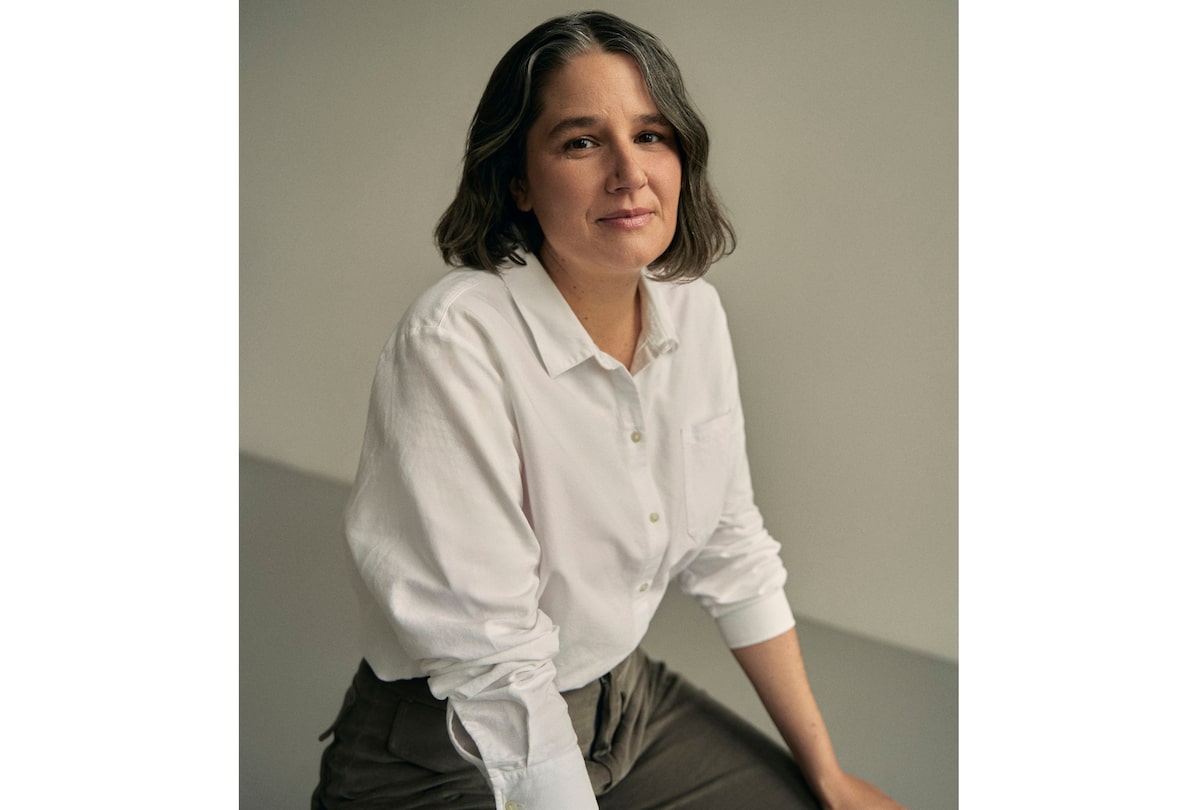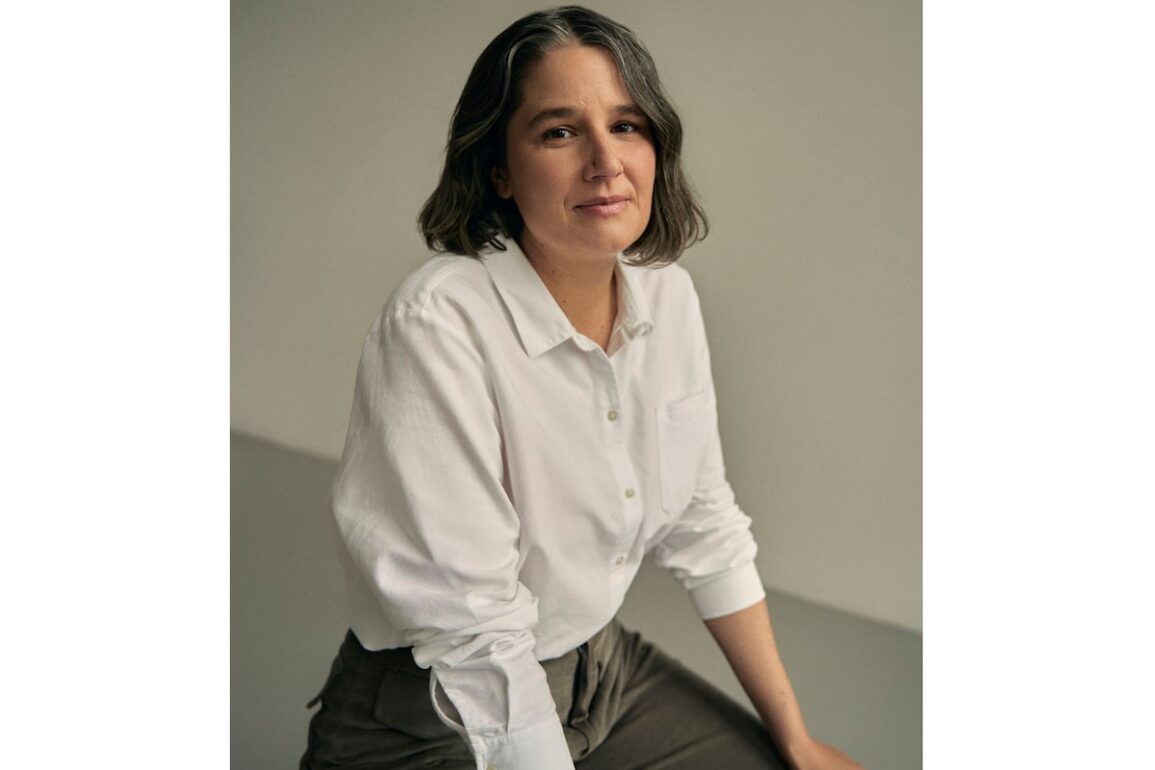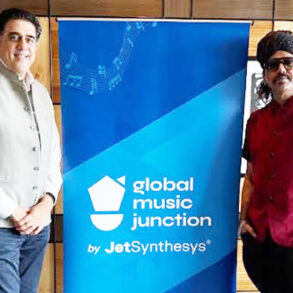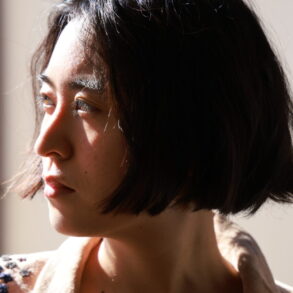
Anne Low says weaving ‘encapsulates a lot of my interest in how skill and vernacular hold particular systems of knowledge.’
Makeup and hair by Sonia Leal-Serafim.Kitt Woodland/Supplied
At the recent Milan Furniture Fair, eager aesthetes were treated to a glimpse of some bright ideas care of a cadre of creatives who designed lamps for an exhibition presented by the Spanish brand Loewe. One piece called Fir Candle came courtesy of Canadian textile artist and weaver Anne Low. It’s composed of a jaunty cone-shaped shade resting atop slabs of Curly Maple wood.
Low, who was born in Stratford, Ont., both wove and dyed its silk by hand while living on Denman Island, B.C., and the wood was dried in the solar kiln of her Ottawa-based brother, Alex Low of Bespoke Woodwork Co. Fabricators from Loewe, which opened its first Canadian boutique at Toronto’s Yorkdale Mall in April, brought the final details of the lamp to life. “They make things exquisitely, and I knew I could trust them without being there to see through the end of the process,” Low says. “I love working with other skilled craftspeople. It’s such a pleasure because it mirrors the kind of labour that I do as a weaver, and getting to work with people who have a similar kind of devotion to a particular craft or practice is something that I really enjoy.”
Fir Candle by Anne Low is composed of a cone-shaped shade resting atop slabs of Curly Maple wood. For more information, visit loewe.com.Supplied
This wasn’t Low’s first interaction with the brand, having been named a finalist for the Loewe Foundation Craft Prize in 2017. Low also collaborated with its creative director, Jonathan Anderson, to create the ghostly sculptures that comprised the set of his JW Anderson label’s Spring 2018 men’s collection show during the Pitti Uomo men’s-wear fair in Florence.
Fittingly, the inspiration for Low’s contribution to the items on display at the Loewe Lamps exhibition in Milan came from a fashion source as well. “The first thing that I thought about was making a lampshade because I immediately started thinking about cloth and its relationship to form,” she says about being invited to participate in the project. At the time, she was also researching European pre-Industrialization textile history and came across an eye-catching fabric from a mid-18th-century men’s waistcoat from France. Her interest was piqued, and it became the proverbial font for how she approached the creation of her elegant light source, especially when it came to the weight of the fabric she wove.
“When I go from looking at a historical material to the work I do in the studio, I articulate it as a form of approximation, or extrapolation, or quotation,” she says. “I don’t see it as a reproduction because I don’t have the materials, tools or skills to reproduce something from the eighteenth century.”
Low, who initially taught herself to weave before enrolling at Vermont’s Marshfield School of Weaving in 2012, says she wasn’t able to make it to Milan to see the exhibition because she’s been busy preparing to move to Stockholm to begin a four-year PhD at the city’s Konstfack University of Arts, Crafts and Design. “I’ll essentially be their first textile PhD student and I’m going to be doing a ton of weaving and historical research alongside my artistic practice,” she says. She is also part of a September group show at the Nina Johnson Gallery in Miami and the Vancouver gallery that represents her, Unit 17, will include her work in its booth at the Tokyo Gendai art fair in July.
“As I learned to weave, I realized that it was fulfilling something very existential for me,” says Low about how her growing body of work looks forward while reflecting on the past. “I’ve always loved textiles, but weaving encapsulates a lot of my interest in how skill and vernacular hold particular systems of knowledge, and thinking about how those systems of knowledge are transferred.”
This post was originally published on this site be sure to check out more of their content






